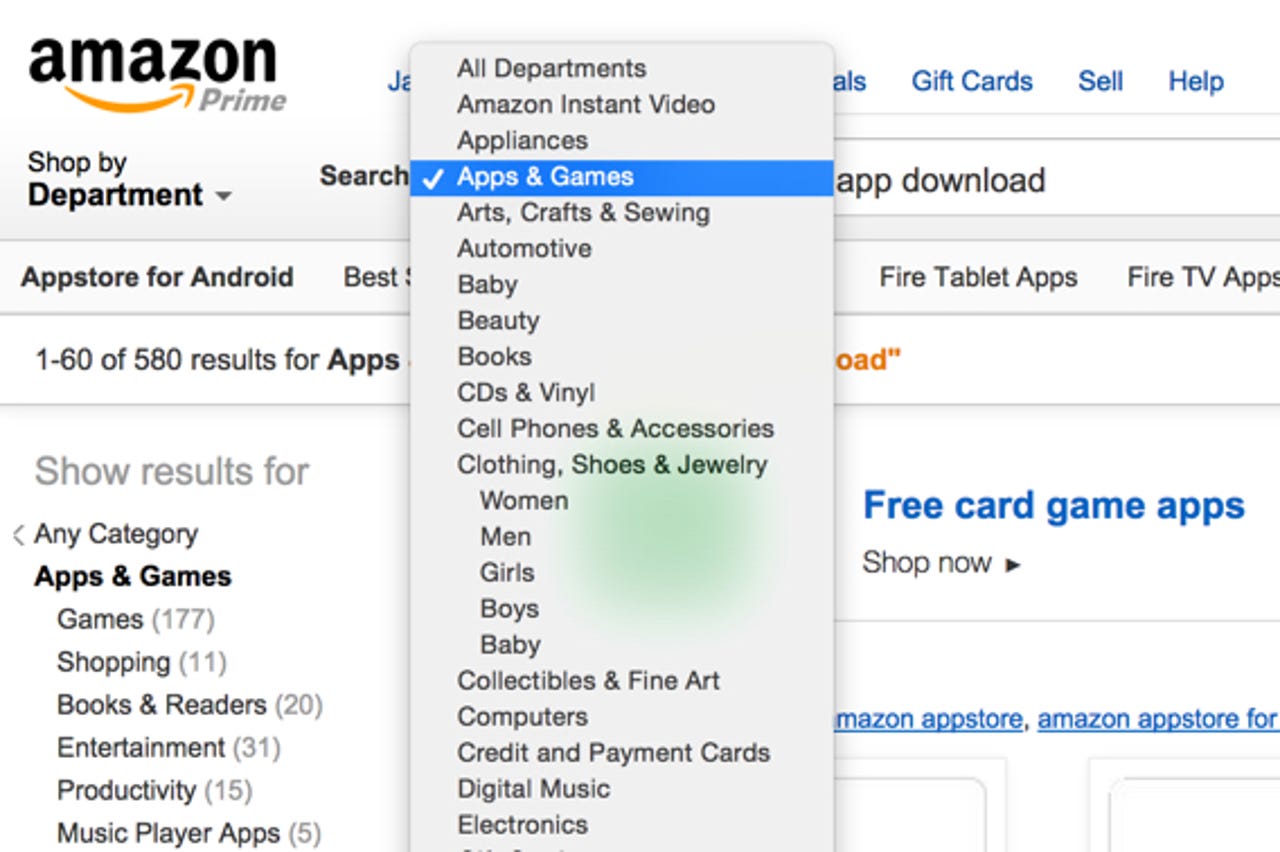Amazon sneaks its app store onto Android devices

In the beginning there was the Google app store, the online (and on device) retailer for getting all Android apps. Shortly after, probably in anticipation of launching its own devices, Amazon opened its own app store to compete with Google’s Android app store.

Those two app stores have remained separate for a number of reasons. First, Google had no desire to allow the Amazon Appstore app into the Google Play store. It made no sense to allow a competing store in its own store. Second, the Amazon app store has always been a subset of Google’s big store. Pretty much every app that Amazon sells is already sold by Google.
Amazon has done away with its Appstore app, which Google has always blocked in its own store.
This kept the two stores separate by design, but two recent moves by Amazon look to change that. Amazon has done away with its Appstore app, which Google has always blocked in its own store. The retailer has folded its Appstore app into the generic Amazon shopping app that has long been on Google Play.
The Amazon app has always been available on Android devices as Google had no reason to block the app from the Play Store. It was only used for shopping on Amazon’s online merchandise store, so there was no conflict. That’s not the case anymore, as Amazon has put its entire app store inside the basic Amazon app on Google’s store.
Drop down the “Shop by Department” tag that’s always been in the Amazon app, and you’ll now see an “Apps and Games” selection. That’s where the entire Amazon Appstore now lives, where it can be installed on any Android device from the Google Play Store. This widely opens up Amazon’s app market as it is no longer restricted to its own devices, or devices owned by those willing to jump through hoops to get the Amazon Appstore app. There are a significantly greater number of Android devices than Amazon phones and tablets.
While putting its own app store in the app already on Google Play is clever, it doesn’t guarantee Android device owners will buy Amazon apps using it. But it is more likely since it’s right there.
Amazon isn’t content to stop there. Another recent move is designed to push Android device owners to use the Amazon Appstore. It has released the Instant Video app for Android to coincide with the app store change.
Many Android owners are probably familiar with Amazon’s streaming video service. Instant Video has thousands of movies (and other video content) available for streaming online. It can now be streamed to any Android tablet or smartphone using the new Instant Video app.
A significant portion of the video library is available for Amazon’s Prime members at no cost. This is a big incentive for Android device owners to install and use the Instant Video app.
Of course, you can’t do that until after you’ve installed the new Amazon app with the full app store inside. If you want Instant Video, you have to get the Amazon Appstore, too. This is a very clever move on Amazon’s part to get the vast Android user base to at least consider its app store. Plus, having the Instant Video app may get some of those owners to sign up for Amazon Prime membership at $99 per year.
Google isn’t commenting on this change by Amazon. Perhaps it will eventually ban the app from Google Play. It would make sense in order to prevent the availability of a competing app store, like Apple does.
Speaking of Apple, it’s not clear when the change was made but the iOS Amazon app has the same setup for Amazon apps as the Android version. Of course, Apple being Apple, unlike the new Android version it’s not possible to actually get Amazon apps using the iOS Amazon app. Instead it directs users to go online to get them.
The moves by Amazon are aimed at the consumer market, but IT departments with Android deployments (or BYOD programs) need to be aware of this change. Previously, companies wanting to restrict which apps could be installed on employees’ devices mostly needed to worry about the Google Play Store. Now they also need to be aware of the added risk from workers installing apps from the Amazon store.
This has opened up another hole in the security dam that IT needs to plug. It's not a big problem but one to keep in mind.
Crafty employees will discover they can install apps from within the Amazon generic shopping app that are blocked by the company in the Google Play Store. Enterprise security should recognize that possibility and act accordingly.
See also: